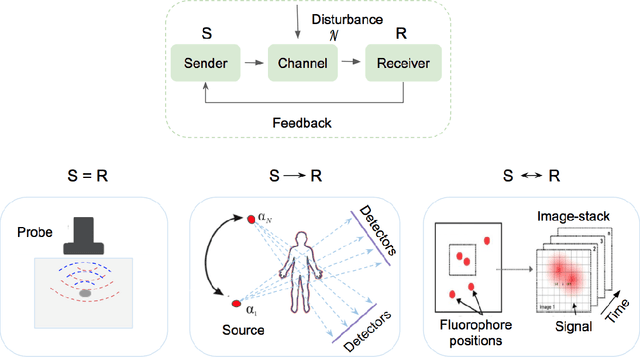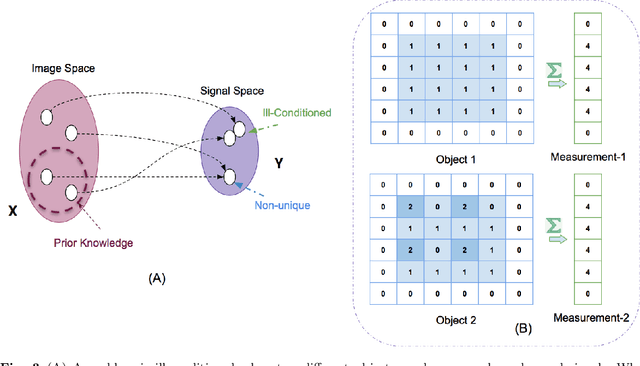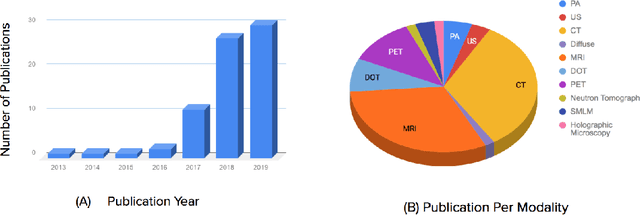Ben Cardoen
AI-based analysis of super-resolution microscopy: Biological discovery in the absence of ground truth
May 26, 2023Abstract:The nanoscale resolution of super-resolution microscopy has now enabled the use of fluorescent based molecular localization tools to study whole cell structural biology. Machine learning based analysis of super-resolution data offers tremendous potential for discovery of new biology, that by definition is not known and lacks ground truth. Herein, we describe the application of weakly supervised learning paradigms to super-resolution microscopy and its potential to enable the accelerated exploration of the molecular architecture of subcellular macromolecules and organelles.
Deep Learning for Biomedical Image Reconstruction: A Survey
Feb 26, 2020



Abstract:Medical imaging is an invaluable resource in medicine as it enables to peer inside the human body and provides scientists and physicians with a wealth of information indispensable for understanding, modelling, diagnosis, and treatment of diseases. Reconstruction algorithms entail transforming signals collected by acquisition hardware into interpretable images. Reconstruction is a challenging task given the ill-posed of the problem and the absence of exact analytic inverse transforms in practical cases. While the last decades witnessed impressive advancements in terms of new modalities, improved temporal and spatial resolution, reduced cost, and wider applicability, several improvements can still be envisioned such as reducing acquisition and reconstruction time to reduce patient's exposure to radiation and discomfort while increasing clinics throughput and reconstruction accuracy. Furthermore, the deployment of biomedical imaging in handheld devices with small power requires a fine balance between accuracy and latency.
 Add to Chrome
Add to Chrome Add to Firefox
Add to Firefox Add to Edge
Add to Edge